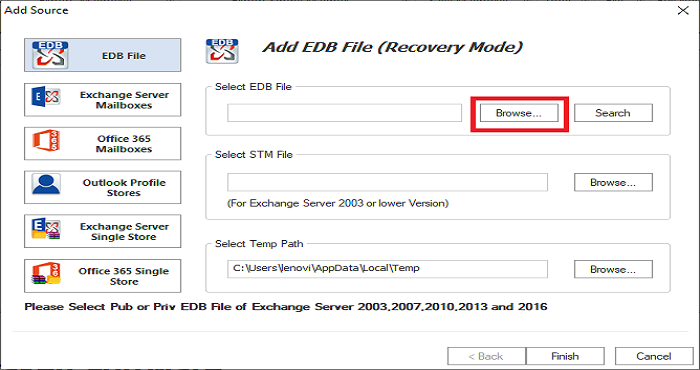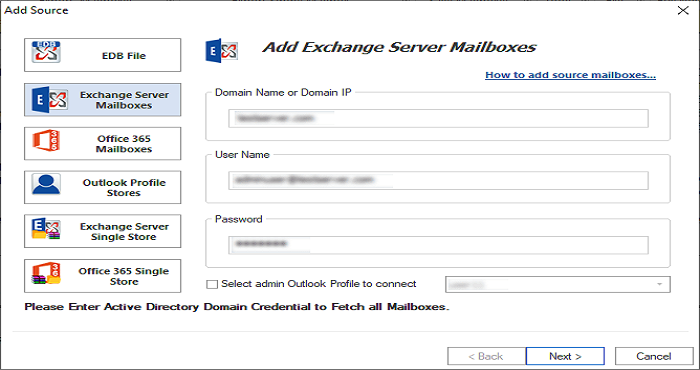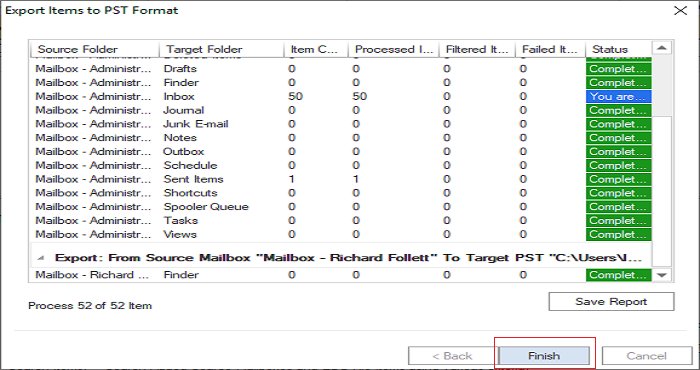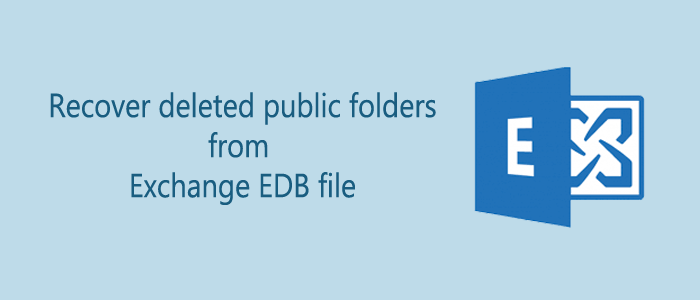Exchange Server is one of the most famous platforms for the management of emails and other databases. Public Folders in your EDB file store, share and organizes business information within the organization. Public folders are also known as Public Folder databases. These folders are inaccessible if your EDB file meets with corruption. Accidental deletion of folders in EDB can put you in a challenge to get back the data.
An EDB file keeps mailboxes like calendars, emails, attachments, tasks, notes, etc. The stored data in Exchange can be accessible on Extensible Search Engine (ESE) or JET Blue.
Table of Contents
Reasons for the Exchange EDB File Corruption
Various reasons can lead to the corruption of EDB files. Here are some significant reasons that can make EDB files inaccessible.
Virus attack: It is one of the most probable reasons for the corruption of EDB files. An EDB file can become inaccessible if your system meets with corruption.
Power Outage: Sudden power failure or for any reason the system shuts down, it can make your EDB files inaccessible.
An issue with the Hardware: Over time, the performance of your hardware deteriorates. Overheating can cause hardware failure. Sometimes, virus attacks and bad sectors can also cause hardware failure. Hence, the stored EDB files may corrupt.
Software crash: Exchange Server can cause problems. It can crash because of a sudden power failure, forced restart, and improper shutdown.
Large data: If your system has not had enough storage limit or an EDB file is expanding more than its limit, it may corrupt or can become inaccessible.
Prevention of Exchange Server EDB Files
Users like to share their views on EDB files on various forum websites. Many of them ask for solutions for corrupted EDB files. EDB files of Exchange Server versions, including 2016, 2013, 2010, etc can lead to corruption.
Below are the practices to prevent EDB files from corruption
- Regularly check your system to keep it free from virus attacks. EDB files are prone to corruption if your system faces viruses. It can cause data loss of not only EDB files but also other existing files.
- Always use high-quality hardware to prevent the system from crashing. You should clean your system periodically to prevent it from overheating because it affects the system's hardware.
- As a regular user of Exchange Server, you can keep a backup of Exchange databases on the cloud.
- In that way, it is easy to access the database from anywhere and anytime without any objection. Data loss is one of the issues to tackle carefully.
- If you are not so tech-savvy, you can take help from experts for Exchange Server configuration and installation.
- Make sure your system has enough storage to store EDB files
- As a wise user of Exchange Server, always use Practices Analyzer (ExBPA).
- If you fail to prevent EDB files from corrupting, you can use the GainTools EDB repair tool.
Recover deleted public folders from EDB file with EDB Recovery
Recovery of Exchange Databases is possible with GainTools Exchange EDB mailbox Recovery Tool without asking for technical assistance. You can easily recover private and Public folders without any data loss. The tool allows the recovery of selective EDB files. It recovers and exports those EDB Files that users want to recover.
Steps to Recover GainTools EDB Recovery Application-
- Install the application on your system and open it.
- Click on the Browse tab to add the required EDB file.

- Provide the login credentials to connect with Exchange Server Mailboxes.

- Choose PST file format as an export option to save the recovered EDB file databases.

- Once, the file is exported, the tool displays whole items, You can save the report and press the Finish tab to complete the Process.
Conclusion
Manual recovery through PowerShell can be time-consuming and requires lots of effort. You can recover deleted public folder from Exchange EDB files quickly using a third-party conversion program.

